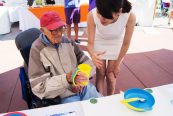During viral epidemics, dental practitioners are one of the most threatened groups. Close contact with patients, exposure to body fluids, and handling of sharp instruments all increase the risk of infection. So what can you do to keep yourself, your dental practice and your patients safe? We’ve compiled a list of tips you can apply so as to contribute to fighting epidemics in your dental studio.

While surgical masks, thorough hand-washing and social distancing may be sufficient for the general populace, for dental practitioners it is necessary to take far more complex precautions. This is because of the 3 principal modes of virus spread, all of which are relevant to dental practice:
- Airborne spread due to the exposure to bodily fluids and generated droplets and aerosol
- Contact spread due to contact with human fluids, patient materials, contaminated dental instruments and environmental surfaces
- Contaminated surfaces spread since viruses can persist on various surfaces for a prolonged time and could contaminate your whole dental office
A recent study published in the International Journal of Oral Science has looked at the ways you can contribute to preventing infection in your dental practice, and protecting yourself, your staff and your patients from unnecessary viral contamination. These are the most important tips:
Evaluate your patients
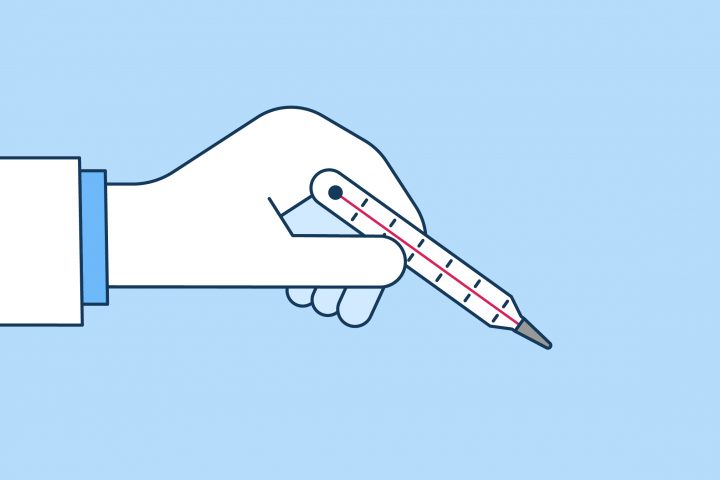
The first step is identifying suspected cases of 2019-nCoV to avoid extended contact with a potentially infected patient altogether. Screening your patients using a prepared questionnaire and taking adequate steps based on the results and the patient’s body temperature can go a long way. First of all, the body temperature of the patient should be measured, with a contact-free forehead thermometer being the strongly recommended option.
The following set of screening questions can help identify potential infection:
- Do you have a fever or have you experienced a fever within the past 14 days?
- Have you experienced a recent onset of respiratory problems, such as a cough or difficulty in breathing, within the past 14 days?
- Have you, within the past 14 days, travelled to areas with documented 2019-nCoV transmission?
- Have you come into contact with a patient with confirmed 2019-nCoV infection within the past 14 days?
- Have you come into contact with people who come from areas with recent documented fever or respiratory problems within the past 14 days?
- Are there at least two people with documented experience of fever or respiratory problems within the last 14 days, having had close contact with you?
- Have you recently participated in any gathering, meetings, or had close contact with many unacquainted people?
Following the screening questionnaire:
- If a patient replies “yes” to any of the screening questions, and his/her body temperature is below 37.3 °C, you can postpone the treatment until 14 days after the exposure event.
- If a patient replies “yes” to any of the screening questions, and his/her body temperature is no less than 37.3 °C, the patient should be immediately quarantined, and you should report to the infection control department of the hospital or the local health department.
- If a patient replies “no” to all the screening questions, and his/her body temperature is below 37.3°C, you can treat the patient with extra protection measures, and do your best to avoid spatter or aerosol-generating procedures.
- Finally, if a patient replies “no” to all the screening questions, but his/her body temperature is no less than 37.3 °C, the patient should be instructed to the fever clinics or special 2019-nCoV clinics for further medical care.
Reinforce your hand hygiene
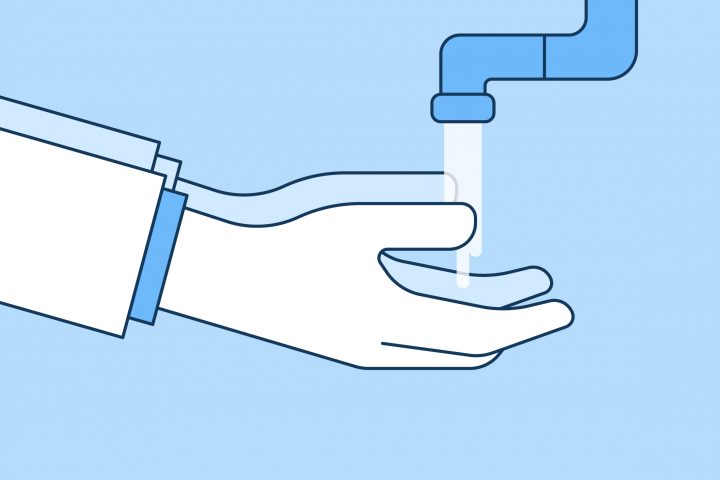
Although appropriate hand hygiene should be a routine prerequisite already, further reinforcement can help mitigate the risk of viral spread.
The study recommends following the 2-before and 3-after hand hygiene guideline for dental professionals:
- Before patient examination
- Before dental procedures
- After touching the patient
- After touching the surroundings and equipment without disinfection
- After touching the oral mucosa, damaged skin or wound, blood, body fluid, secretion, and excreta.
Moreover, all staff should take even more caution to avoid touching their own eyes, mouth and nose.
Take personal protective measures
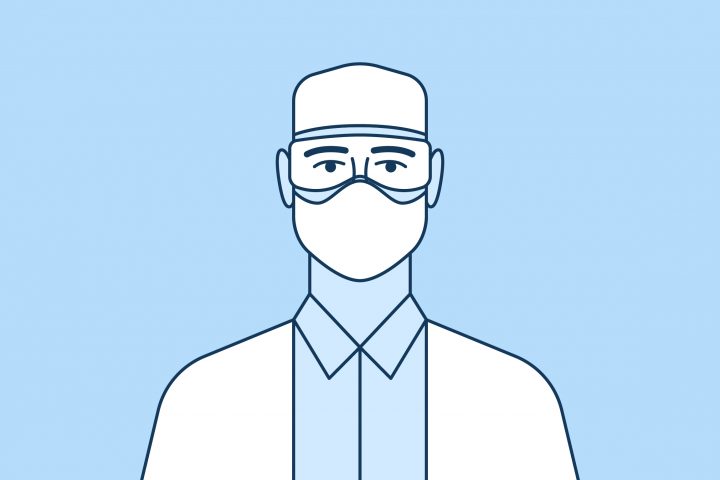
Since airborne droplets are considered as the main route of infection spread, three-level protective measures are recommended:
- Standard protection for staff in clinical settings: Disposable working caps, surgical masks and working clothes (white coat), protective goggles or face shields, and disposable latex or nitrile gloves.
- Advanced protection for dental professionals: With added disposable isolation clothing or surgical clothes outside working clothes on top of standard protection.
- Strengthened protection for when contacting patients with suspected or confirmed 2019-nCoV infection. If this does occur and you can’t avoid close contact, special protective outerwear is needed. If not available, working clothes with extra disposable protective clothing outside and impermeable shoe cover should be added to what was listed previously.
Consider a mouth rinse before dental procedures
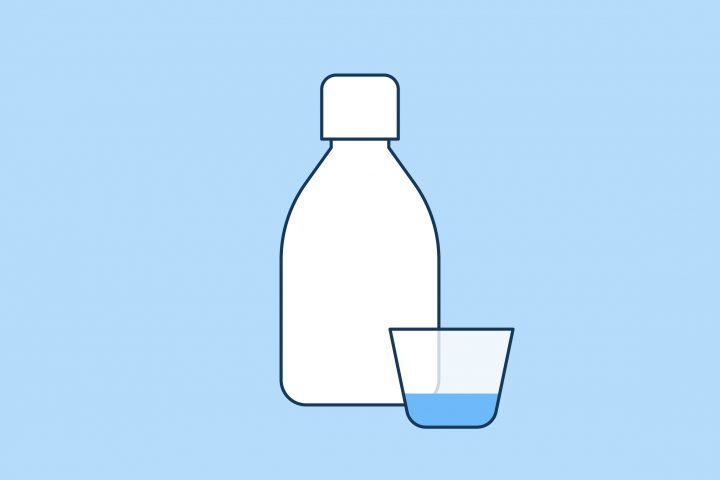
Since 2019-nCoV is vulnerable to oxidation, preprocedural mouthrinse containing oxidative agents such as 1% hydrogen peroxide or 0.2% povidone is recommended, for the purpose of reducing the salivary load of oral microbes, including potential 2019-nCoV carriage. (Note that chlorhexidine, most commonly used as mouthrinse, may not be effective to kill 2019-nCoV.)
Furthermore, recent studies show that cyclodextrins – broad-spectrum antivirals, are promising in combatting viruses. A preprocedural mouthrinse would then be most useful in cases when a rubber dam cannot be used.
Use rubber dam isolation when possible
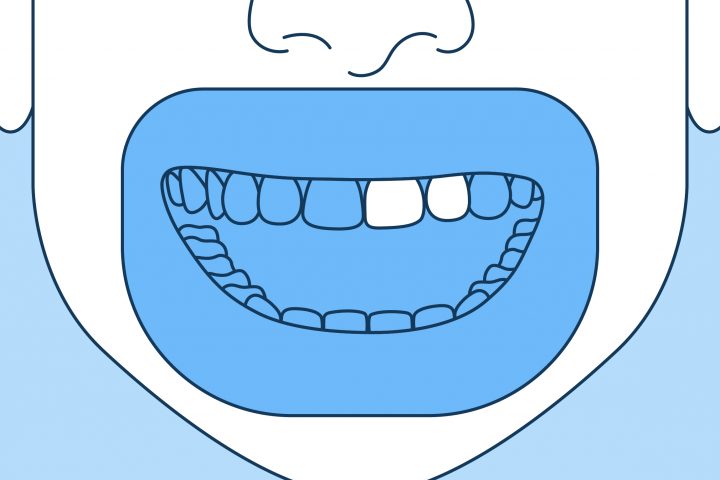
The use of rubber dams can significantly minimise the production of saliva- and blood-contaminated aerosol or spatter, particularly in cases when high-speed handpieces and dental ultrasonic devices are used. The use of a rubber dam could significantly reduce airborne particles in ~3-foot diameter of the operational field by 70%, which is especially valuable now.
When a rubber dam is applied, extra high-volume suction should be used (for aerosol and spatter) during the procedures along with regular suction. If a rubber dam isolation is not possible, manual devices, such as Carisolv and hand scaler, are recommended for caries removal and periodontal scaling, in order to minimise the generation of aerosol as much as possible.
Employ anti-retraction handpieces
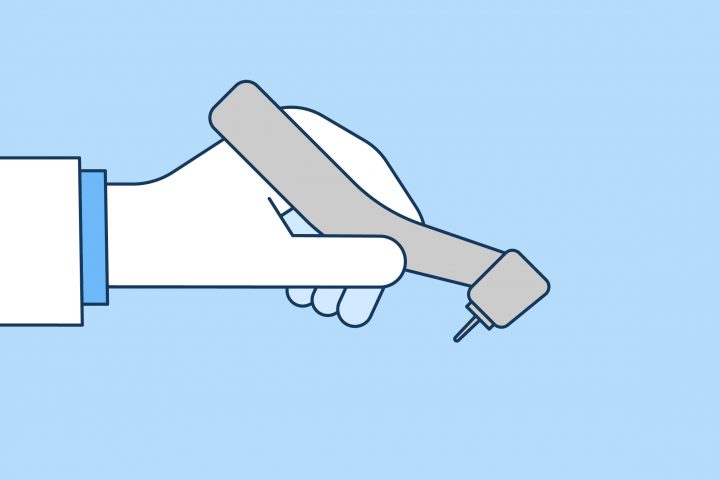
A high-speed dental handpiece with no anti-retraction valves may suck in and expel debris and fluids. Microbes may further contaminate the air and water tubes within the dental unit, and thus potentially cause cross-infection as well.
Compared to that, anti-retraction high-speed dental handpieces can significantly reduce the backflow of oral bacteria and viruses into the tubes of the dental unit. As a result, it is strongly recommended to not use dental handpieces without anti-retraction function at this time and to only use anti-retraction dental handpieces as an extra preventive measure.
Disinfect the clinic environment
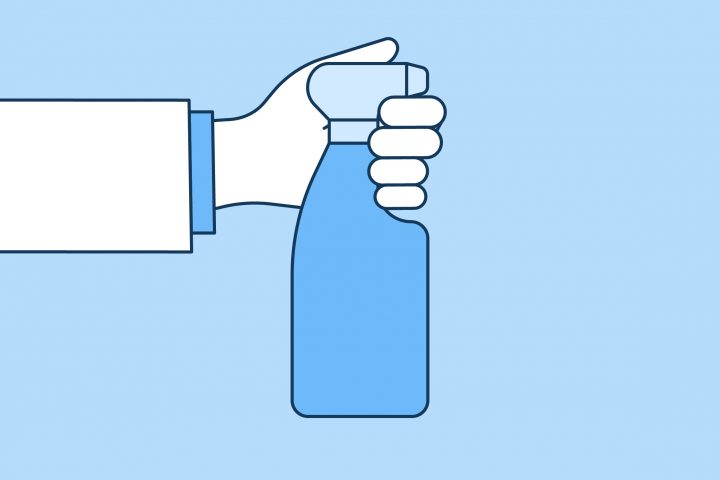
While you might be doing your best within your dental clinic, others might not. Therefore you should take effective and strict disinfection measures in both your clinic settings and public areas. The clinic should be cleaned and disinfected regularly in accordance with available safety protocols, as should the public areas and appliances, including door handles, chairs, desks and elevators.
Manage your medical waste properly
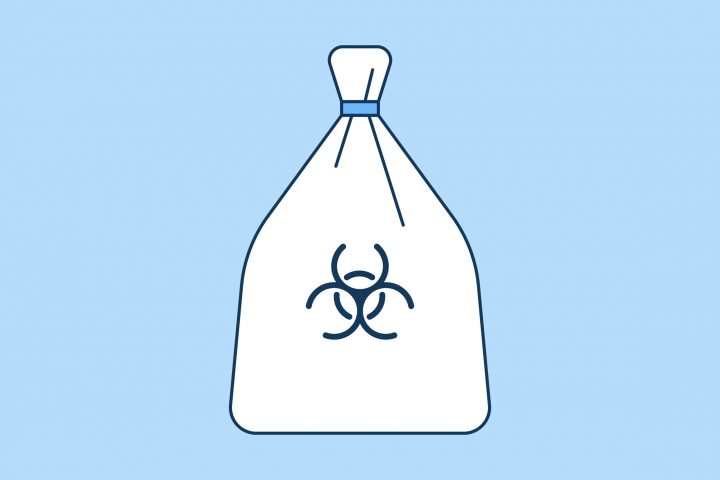
Remember to timely dispose of your medical waste (including disposable protective equipment), marking the surface of the package bags and handling them according to the requirement for the management of medical waste. Also keep in mind that the waste generated by the treatment of patients with suspected or confirmed 2019-nCoV infection is regarded as infectious medical waste.
Reusable instruments and items should be properly pretreated, cleaned, sterilised, and stored in accordance with your local protocols.
While none of these precautions can prevent or cure the 2019-nCoV virus on their own, all of them can contribute to keeping your dental practice, and all staff and patients, safer and healthier – regardless of whether there is an ongoing viral epidemic or not.
Sources:
The Workers Who Face the Greatest Risk
Transmission routes of 2019-nCoV and controls in dental practice

